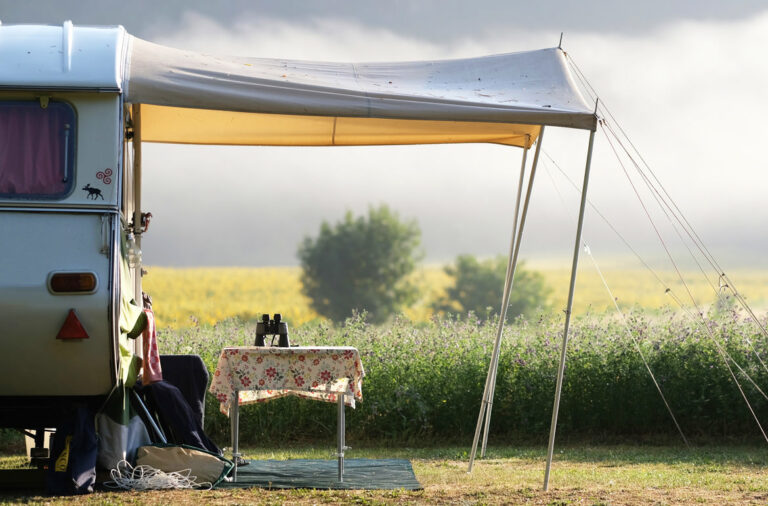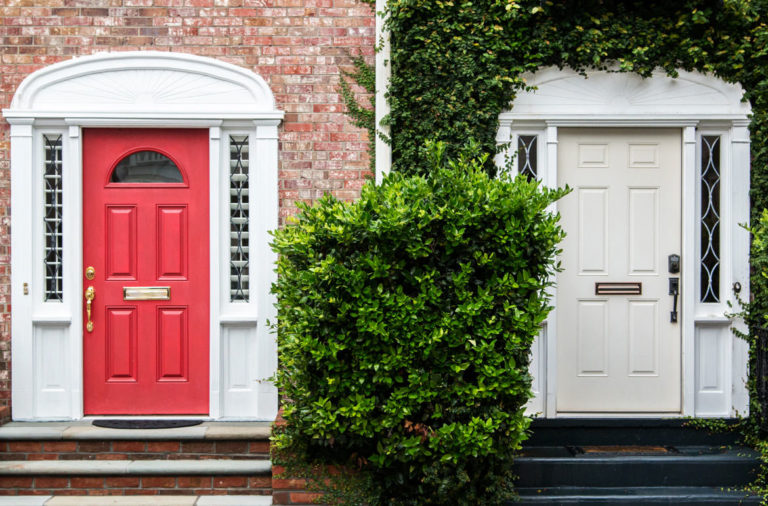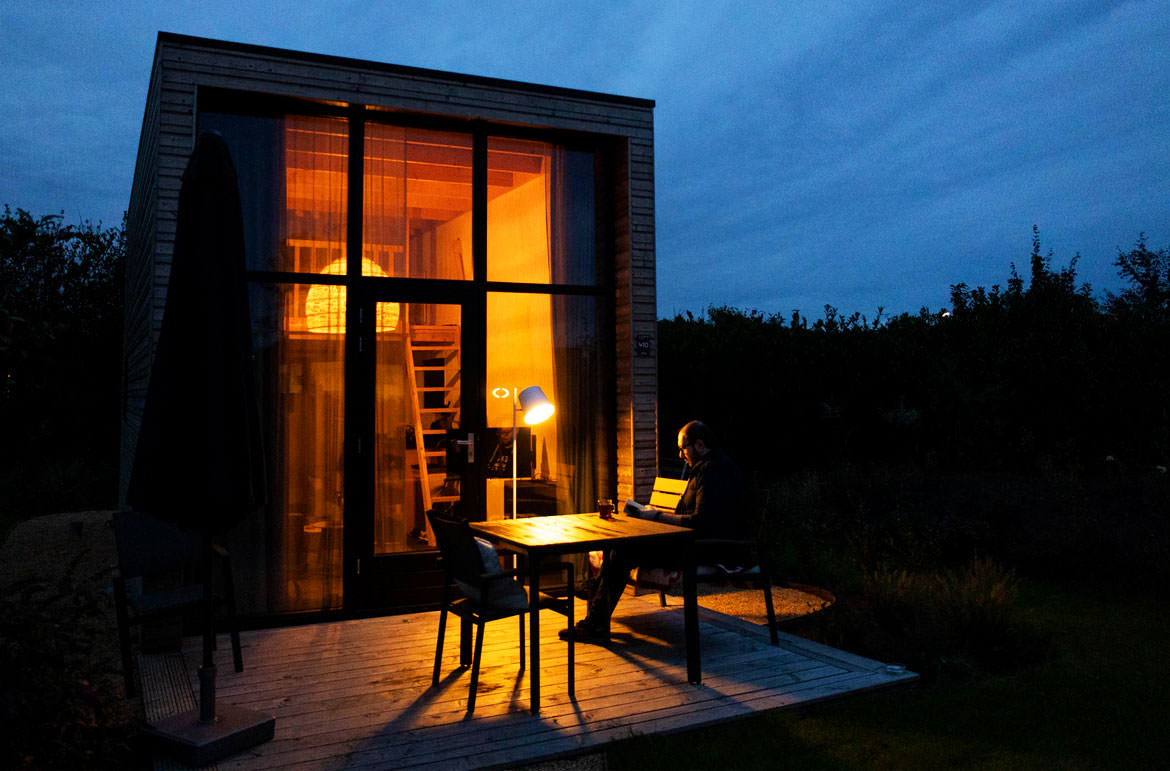
If you are looking to completely bypass Council when building your granny flat, here is a list of “No Council Approval Granny Flat Providers”.
- Designer Eco Tiny Homes – 1300 334 153.
- Aussie Tiny Houses – (07) 5324 2499.
- Tiny Homes Australia – 1300 528 453.
- Off Grid Tiny Houses – 0491 881 866.
- Fred’s Tiny Houses – (03) 5472 2130.
- Off the Grid in Oz – 0418 836 651.
- Van Homes – 1300 558 512.
NOTE: It must be mentioned that these companies are ‘self-acclaimed’ as “No council approved Granny Flat providers”. So best to follow up with them directly.
Today I will cover:
DON'T PAY A FORTUNE FOR YOUR GRANNY FLAT. Find out how to deal with council and build a granny flat for the lowest cost possible. Learn More.
- What are the requirements for a “No Council Approved Granny Flat”?
- What does such a granny flat need to be classed as?
- What restrictions will you have compared to a Council approved granny flat?
- Are “no Council approved granny flats” safe?
- Will Council change the rules?
- Are you running any risk at all?
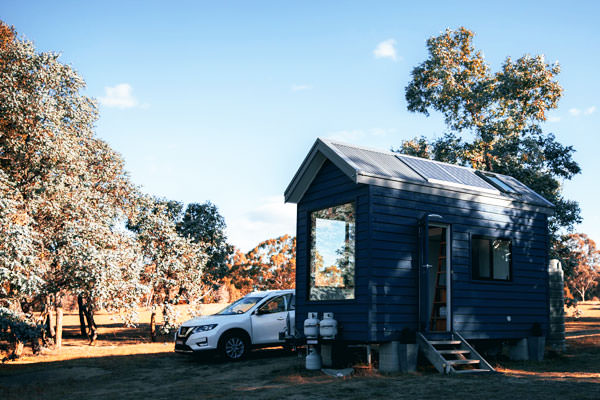
Read on how to make this legal. (Even for larger sized dwellings)
I will also provide a list of “No Council Approval Granny Flat” Providers across each State for you as well.
What are the Requirements for a “No Council Approved Granny Flat”
A “No Council Approved Granny Flat” can be:
- A caravan that has not been plumbed, so the occupants use the bathroom, laundry, and kitchen in the main home,
- A demountable smaller than 25 square metres, or
- A tiny home (on wheels).
However, the Council requires that you make these into a fixed structure. To make these into a permanent fixed structure, meet all the standards for Complying Development (CDC), and you may be approved by a private certifier, bypassing Council altogether.
Now, I have suggested that you make these a fixed structure, as, if you do not, they are a transportable, and so temporary, structure. Therefore, Council has the authority to restrict the length of time they will let you live in one.
- A brief portion of time (up to 48 hours at most) and limited to 60 days per year.
Though, it is worth calling your local Council, as these regulations do differ between Councils’ across Australia. It all depends on the Council your land is in and their rules, as some may be more lenient than others.
The other requirements are generally that:
- You may only have one of these structures on your property, and
- They must be kept in a healthy and safe manner.
List of “No Council Approval Granny Flat” Providers Across Australia
Below is a list of companies who provide “No Council Approval Granny Flats” across Australia.
NSW
- Hauslein Tiny House Co. – 0466 304 794.
- Designer Eco Tiny Homes – 1300 334 153.
- Sowelo Tiny Houses – 0466 261 356.
- Tiny Homes Tilba – 0414 499 458.
- Nalla Portable Buildings – 1300 889 434.
- Van Homes – 1300 558 512.
QLD
- Aussie Tiny Houses – (07) 5324 2499.
- The Tiny House Company.
- Teeny Tiny Homes – 0426 813 569.
- Seabird Tiny Houses – 0431 840 548.
- Tiny Home Campers – 0413 169 303.
VIC
- Tiny Homes Australia – 1300 528 453.
- Off Grid Tiny Houses – 0491 881 866.
- Fred’s Tiny Houses – (03) 5472 2130.
- Tiny Houses Victoria – 0404 226 273.
- Off the Grid in Oz – 0418 836 651.
SA
- Kookaburra Homes – 1300 000 228.
- Adelaide Portable Buildings – 0402 031 736.
Although there are no companies yet building tiny houses in South Australia, as the Local Government Association of South Australia has no policy on them, there is a Facebook Group you can join in support of this movement.
WA
- Fox Tiny Homes – (08) 6117 5744.
- Tiny Homes WA – (08) 6202 9303 / 0499 831 933.
- Tiny Homes Perth – 1300 846 846 / 0439 482 998.
- New Earth Living – 0400 321 802.
- Australia Wide Transportables – (08) 9452 0464 / 0428 834 470 / 0419 956 975.
ACT
- Ginninderry – 0418 678 383 / 0411 808 869.
NT
- Demountable Sales & Hire – (08) 8647 4220.
- Bush Pod – 0477 033 478.
- Atlas Tiny Homes – 0478 830 766.
- The Tiny House Co. Darwin – 0402 126 535.
- Northern Transportables – (08) 8995 5600
TAS
- Hobart Tiny Homes – 0419 583 374.
- Wagonhaus.
- Tas Bulk Pty Ltd. – (03) 6263 6833.
- FlatSac Homes – 0407 817 687.
If you have not found one that catches your eye on this list, there are is also an abundance of tiny homes available on eBay – some you can build yourself in as little as 10 days.
What Does Such a Granny Flat Need to be Classed As
Tiny homes and demountables are both considered movable dwellings, and so they too are classed as “caravans”.
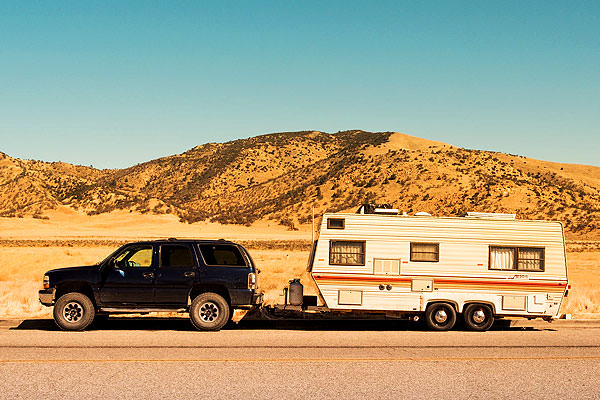
“No Council approved” granny flats follow the same rules as caravans most of the time
This means that your tiny home must be built on a trailer frame, with wheels, in order to be classed as such. And also so it is compliant with Australia’s roadworthy regulations.
What Restrictions Will You Have Compared to a Council Approved Granny Flat
The standards your “No Council Approval Granny Flat” must meet are more specific to its’ shape, weight, and safety requirements.
The basic Australian Design Rules that you should follow are:
- Weight – Your tiny house on wheels must not be more than 2.5m in width, 12.5m in length, and 4.3m in height. This is as, to legally be able to tow your house on the road, it must be less than 4.5 tonnes.
On the same note, it is also a smart idea to check that the vehicle you are going to use has the ability to tow a tiny house that may end up weighing over 4 tonnes.
- Council Regulations – I strongly suggest that you do some research, as only a few Councils’ allow people to live permanently in a tiny house on wheels.
This is where a ‘grey area’ exists – as they are seen as a type of caravan, the laws for caravans say that you are not meant to live in them long-term, they are for short-term use only.
So, a simple phone call to your Council can save a lot of heartache in the end.
You can also refer to the sub-heading below, “Will Council Change the Rules?“, for more information as to how far your state has progressed.
- Safety – It must be fitted with a fire extinguisher.
Are “No Council Approved” Granny Flats Safe?
“No Council Approved” granny flats are definitely safe – compared to a traditional granny flat, they just come with a list of advantages and disadvantages.
As can be seen, the main being a granny flat is bigger, so offers more space and comfort, but anything classed as a “caravan”, such as a tiny home, is smaller, so more affordable.
If you are thinking about the granny flat versus the “No Council Approved” granny flat, the things you should think about are:
- How many tenants do you need to provide shelter for?
- Will it bother any occupants of the main home if the tenants share the kitchen, bathroom and laundry?
- How much money can you afford to put towards the project?
- How long do you have – that is, what is the end date you need this completed by?
- Do you have good site access? Is it feasible that there is enough room that a tiny house on wheels can be driven in? Or instead, will you need a crane to bring it over? Transporting a granny flat can be costly.
Will Council Change the Rules?
People wanting to live in small spaces, such as tiny houses, is only a relatively new trend in Australia. As such, the regulations around them are still blurred, with Council classifying them as “caravans”.
As the recognition around these movements only continue to gain popularity, there is a chance that advancements might be made, with Councils’ having to start considering changing the rules around ‘out of the ordinary’ housing strategies, such as tiny homes on wheels.
There have been some developments made over the recent years, but there is still a lot of differences between both states and Councils:
- SA – As yet, the Local Government Association of South Australia has no policy on tiny houses.
- VIC – The Victorian Government put money into, and built, on government-owned land, 57 tiny houses. They are seeking more sites to add to their tiny house action.
- NSW – In NSW, the Gosford Council supported a charity organisation using tiny homes. They have done a wonderful job providing for the homeless citizens of the region.
- QLD – It is thought that the Queensland Government might change their rules shortly, as the regional plan issued by the State Government shows they want to expand density, and tiny homes are viewed as a wise choice.
However, there is a legal setback. In Queensland, you are not always legally allowed to live in a caravan in a backyard – some Councils’, such as Moreton Bay, allow it, under strict rules, yet others, such as the Gold Coast, do not.
Are You Running a Risk?
As you can see, when it comes to unconventional housing structures, such as tiny houses, there is still a lot of confusion about the regulations between every state and Council. I strongly suggest that you do your research.
You can turn your tiny house on wheels into a permanent structure, and so Council no longer has the authority to limit the length of time you can live in there.
However, by making them a fixed structure, you still need to comply with the regulations of your local Council, the Building codes of Australia, and Australian standards.
So, this works best if you apply to it the same rules you would a traditional granny flat – that is:
- Developed in collaboration with another dwelling (the main home), and.
- On the same property, with the same landowner as the main home (NOT as an individual lot in a strata plan or as a community title scheme).
You must also meet all the regulations regarding land size, setbacks, and more.
For example, in NSW, your tiny house on a trailer would need to meet all the applicable Development Controls, and meet any restraints on flame zones, flood zones, land restrictions, etc.
The regulations for your state can be seen in my other articles below:
- Granny Flat Laws NSW – The Guide.
- Victoria Granny Flat Rules – The Complete Summary.
- Granny Flat WA Regulations – The Guidelines.
- SA Granny Flat Regulations – The Rules.
- Granny Flat ACT Regulations – The Facts.
- Granny Flat TAS Regulations – The Definitive Guide.
At this stage, they are still a niche market, and their construction and placement remains complex.
So, again, I strongly suggest that you contact your local Council for further information and their current regulations if you are thinking of buying a tiny house.
If you have not received the proper approval before building your tiny house on land, just by a private certifier, having met all the standards for Complying Development (CDC), there is a chance that:
- Council will come along and ask you to rip it down, and, if you do not, they will
- Take you to Court, where you will be fined excessive amounts, repeatedly, until you do.
You can also read up on illegal granny flats to find out more.
There is also a very slim chance that your tiny house might get stolen in Canberra and found in Queensland.
You can always seek legal advice prior to buying anything, to make sure your dream house does not lead to sorrow and distress later.
Conclusion
If you want to fully avoid Council at all costs, things that Council class as a “caravan” are also classified as “No Council Approved Granny Flats”.
These include:
- Obviously, caravans, yet they must not be plumbed, so the tenants are to use the same bathroom, laundry, and kitchen as the occupants in the primary dwelling.
- A demountable (transportable) granny flat, that is under 25 square metres, or
- A tiny house (on a trailer, on wheels).
However, these must be made into fixed structures – by doing so, this means that Council cannot restrict the amount of time that you are legally allowed to live in one.
So, they have crossed the line somewhere between what is a “caravan”, and what is a “granny flat”.
Again and again, I have suggested that you contact your local Council for their current regulations, as to not expose yourself to any risk if planning on taking this route.
For an insight into the rules, it is worth seeing if a granny flat or a tiny home works best for you.
But, these small “caravans”, or what are classed as, though much smaller than a granny flat, are an affordable option. They are starting to become much more popular in Australia, so Councils may become more lenient given time.
You just must be prepared to be compliant with all of Councils’ regulations, for a chance of being approved through Complying Development, and live a minimalist lifestyle, in a home that is somewhere from 25 – 50sqm.



